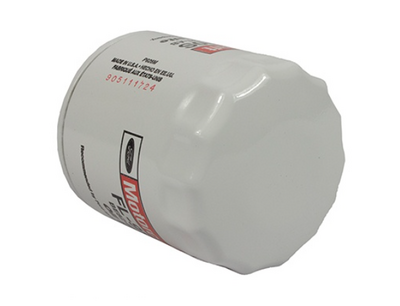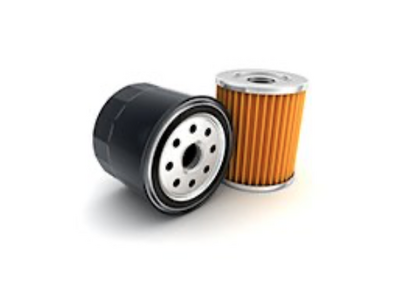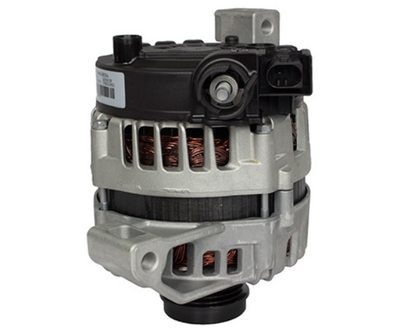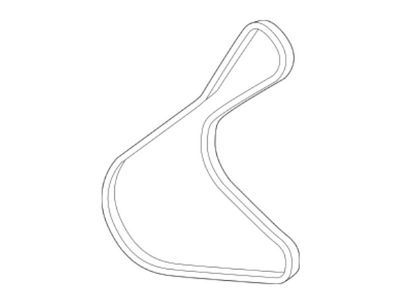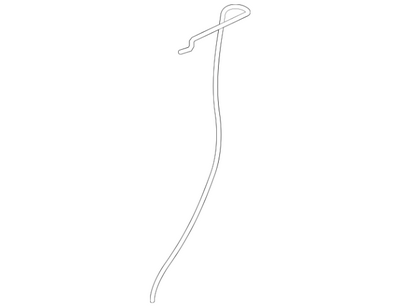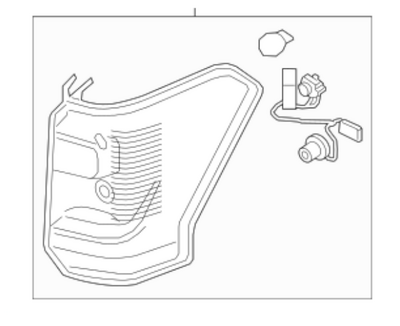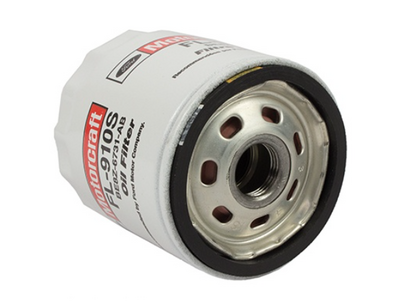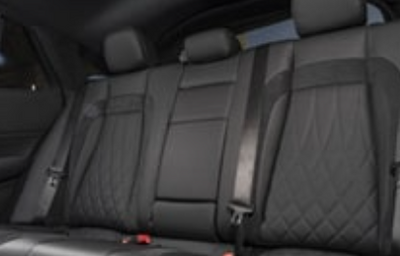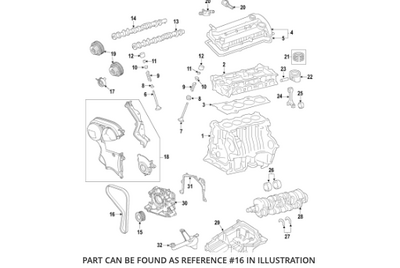Find Ford OEM Parts and Accessories in BC
Understanding the Warning Lights on Your Ford Vehicle in BC
Tags:
(Posted on Nov 18, 2021 at 01:55AM )
BC Drivers: 3 Reasons Why You Should Maintain Your Ford Vehicle
Tags:
(Posted on Nov 14, 2021 at 11:33PM )
BC Drivers: Learn How to Maintain the Fluids in Your Ford Vehicle
Tags:
(Posted on Oct 31, 2021 at 06:59PM )


